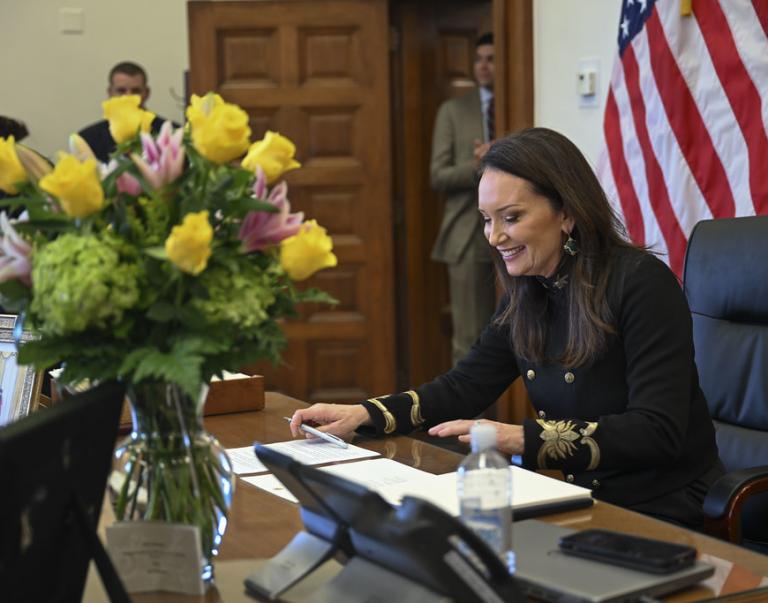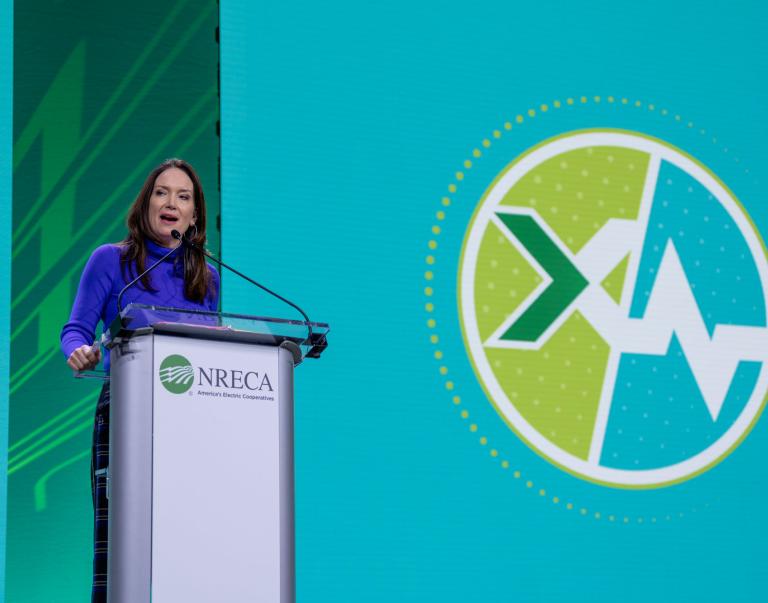ORLANDO, Fla., March 10, 2023 – U.S. Department of Agriculture (USDA) Secretary Tom Vilsack today announced that the Department received $3 billion in applications from more than 350 independent businesses from 47 states and 2 territories for the first two rounds of a new grant program to add innovative domestic fertilizer production capacity.
USDA also announced the first $29 million in grant offers under the first round that focused on projects that can come online in the near term. The grants will help independent businesses increase production of American-made fertilizer, which will spur competition, give U.S. farmers more choices and fairer prices and reduce dependence on unreliable foreign sources like Russia and Belarus. Vilsack made the announcement at the 2023 Commodity Classic, the same event where he first unveiled the program a year earlier.
“I know that increased costs for fertilizer and other inputs have put a strain on farmers and cut into the bottom line. The Biden-Harris Administration and USDA understand the importance of taking on the root causes and need to invest in the agricultural supply chain here at home to create a resilient, secure and sustainable economy for the long haul,” Vilsack said. “By expanding the production of domestic fertilizer supplies, we can grow independent local businesses, bring production and jobs to rural communities and support fair prices for our farmers.”
The Biden-Harris Administration’s Fertilizer Production Expansion Program is part of a government-wide effort to promote competition in agricultural markets. The program supports fertilizer production that is independent, made-in-America, innovative, sustainable and farmer-focused.
Strong Demand
Vilsack made the initial announcement to dedicate $250 million at the 2022 Commodity Classic, the same event where he is making the first awards a year later. From the start, it has been clear there is strong demand for the program and even before applications were being taken, President Biden directed USDA to increase the program to $500 million at a farm visit in Illinois in May 2022. This fall, demand for the program was immediately evident by the sheer number, range and diversity of applications. More than 350 applications came in from applicants of every size and business model, including cooperatives, Tribal communities, female-owned companies and public bodies. These applicants requested between $1 million and $100 million for projects across 47 states, Puerto Rico and the Virgin Islands.
In all, $3 billion in funding was requested for projects that could increase production immediately for Crop Years 2023 and 2024, as well as bolster long-term availability of U.S.-produced fertilizer. Projects were proposed for both fertilizers and nutrient alternatives, and represented different technologies, including composters, complex manufacturing, farm supply blenders and distributors.
In addition to increasing the supply of domestic fertilizer, the projects propose the creation or saving of hundreds of jobs, often in regions where they are most needed, including energy communities and those experiencing generational poverty. Additional details on the second round of applications will be released in the coming weeks as the reviews are completed.
First Award Offers
The first round of FPEP was focused on projects that could increase fertilizer capacity for the 2023 or the 2024 crop year, to prioritize projects with near-term impact. In January, a list of 21 potentially viable projects from the first round was released with a request for public comment. The $29 million announced by Secretary Vilsack will be offered to eight independent businesses in Alabama, Colorado, Massachusetts, Missouri, Ohio and Washington. The grants will help businesses modernize equipment, advance climate-smart practices and build production plants, among other activities.
For example:
- In Sylacauga, Alabama, Pursell Agri-Tech LLC, a manufacturer of controlled-release fertilizer (CRF), is being offered $4.9 million to assist with working capital that will increase its inventory by 40,000 tons per year. Each ton of CRF effectively doubles the nutrient benefit of a ton of fertilizer, making this 40,000 ton increase of CRF equivalent to 80,000 tons of uncoated fertilizer per year. These funds could be put to use beginning in spring 2023 with farmers realizing the benefit of increased fertilizer availability almost immediately.
- In Unionville, Missouri, Palindromes Inc. is being offered $4.9 million to expand the use of anaerobic digestion and renewable energy to produce, process and sell climate-smart fertilizer and associated products. The project will convert animal manure, meat processing, and food waste into dried organic fertilizers and soil amendments.
- In Othello, Washington, Perfect Blend LLC is being offered $2.6 million to assist with expanding and increasing its ability to manufacture and process raw manure and fish waste into fertilizer by using its patented technology. This project will replace a stainless-steel dryer drum and construct a liquid fertilizer blending station and storage area on its facility.
A full list of offers announced today is available at www.rd.usda.gov/media/file/download/usda-rd-nr-fpep-chart03092023.pdf
Background
USDA began accepting applications for FPEP in September 2022. The Department initially announced plans to make $250 million in grants available but quickly doubled the available funding to $500 million to address rising costs and spur competition.
Fertilizer prices more than doubled between 2021 and 2022 due to many factors, including price hikes caused by the war in Ukraine, a limited supply of the relevant minerals, high energy costs, high global demand and agricultural commodity prices, reliance on imports, and a lack of competition in the fertilizer industry.
FPEP is part of a broader effort to help producers boost production and address global food insecurity. For more information, visit www.rd.usda.gov/fpep or www.farmers.gov/global-food-insecurity.
It is one of many ways the Biden-Harris Administration’s is promoting fair competition, innovation and resiliency across food and agriculture and combating the climate crisis by conserving and protecting our nation’s lands, biodiversity and natural resources, including our soil, air and water.
Under the Biden-Harris Administration, Rural Development provides loans and grants to help expand economic opportunities, create jobs and improve the quality of life for millions of Americans in rural areas. This assistance supports infrastructure improvements; business development; housing; community facilities such as schools, public safety and health care; and high-speed internet access in rural, tribal and high-poverty areas. For more information, visit www.rd.usda.gov. If you’d like to subscribe to USDA Rural Development updates, visit our GovDelivery subscriber page.
USDA touches the lives of all Americans each day in so many positive ways. Under the leadership of the Biden-Harris Administration, USDA is transforming America’s food system with a greater focus on more resilient local and regional food production, promoting competition and fairer markets for all producers, ensuring access to safe, healthy and nutritious food in all communities, building new markets and streams of income for farmers and producers using climate-smart food and forestry practices, making historic investments in infrastructure and clean energy capabilities in rural America, and committing to equity across the Department by removing systemic barriers and building a workforce more representative of America. To learn more, visit www.usda.gov.
#
USDA is an equal opportunity provider, employer, and lender.



